I bought a 2008 Touring about two weeks ago with 33k miles on it. I drove it 450 miles home and experienced 24 mph while cruising around 75 mph. The stock Michelins were almost worn to the wear bars and since I am Cleveland, I put new tires on it last week just in time for the snow. The stock tires were 235/60/R17 and I replaced them with Sumitomo 235/65/R17's as I have been impressed with Sumitomos on my CRV. The shop told me that increasing the aspect ratio by 5% would not really make a difference.
After putting on the new tires, I noticed that the mpg went from the low 20's to around 15. I first thought that it was because I had been driving it too hard and then I thought that it was because the speedometer was off, therefore giving the computer inaccurate information for the average mpg calculation. I filled it back up and drove it with my external gps. The speedometer is about 2 mph off when I am going 70 mph as the gps says that I am going 72 mph.
I've really watched my driving and avoided any hard starts as well as avoided going over 70. Also, I have been coasting to stops and really trying to drive it like a minivan and not a sports car. I currently have around 17.8 mpg with 80% interstate driving.
Here are my questions:
1) Could increasing the aspect ratio on the tires 5% really have this dramatic effect on the mpg? I know that the tires are bigger but only by about 1/2 of an inch.
2) Has anyone had their speedometer calibrated? How much does it cost and is a 2 mph difference at 70 mph really enough to throw off the computer calculating the average mph as well as justify having the speedometer calibrated?
3) Has anyone experienced this when they increased the aspect ratio of their tires by 5% and/or has anyone else put 235/65R17's on their Odyssey? I can't be the first person who went with this tire size.
The ride is much smoother and quieter since the change and I am happy with the tires with the exception of the current gas milage.
Thanks in advance for any ideas.
Save Share
JavaScript is disabled. For a better experience, please enable JavaScript in your browser before proceeding.
1 - 11 of 11 Posts
1 - 11 of 11 Posts
 Please consider creating a new thread.
Please consider creating a new thread.Top
by Jim Arnold
tire image by timur1970 from Fotolia.com
The series number in a tire-numbering system refers to the aspect ratio of the tire's sidewall height to its width. A series 65 tire's height is 65 percent of its width, a series 70 tire's height is 70 percent of its width and so on. These differences in height affect both performance and safety issues while driving. This tire-size numbering convention is used for automobile, truck and motorcycle tires alike.
According to Walmart's advice on choosing the right size tires, several factors go into choosing the aspect ratio for your tire, as often the choice is based on consumer preference. The higher the aspect ratio number, the taller the tire will be. The lower the aspect ratio number, the higher performance the tire will generally be. Both 65 and 70 series tires can be categorized as all-season passenger tires, which generally have aspect ratios between 65 and 80, but a series 65 tire will give better response while a series 70 tire will offer a better, more comfortable ride.
Both 65 and 70 series tires can be categorized as all-season passenger tires, which generally have aspect ratios between 65 and 80, but a series 65 tire will give better response while a series 70 tire will offer a better, more comfortable ride.
According to the Generic Auto Tire FAQs in Type2's Technical Library, the shorter sidewall of the series 65 tire means a slightly wider tire that changes the car's handling considerably; specifically, "more rubber on the road provides a better grip." The series 65 provides better turn-in and stability compared to the series 70. Being a slightly taller tire, a series 70 tire would be a faster tire. Generally, series 70 tires are less expensive than series 65s.
Since series 65 tires are shorter than series 70 tires, they can make the wheel wells look empty on certain car and truck models, and this is an aesthetic concern for some owners. Generally, series 65 tires are more expensive than series 70 tires.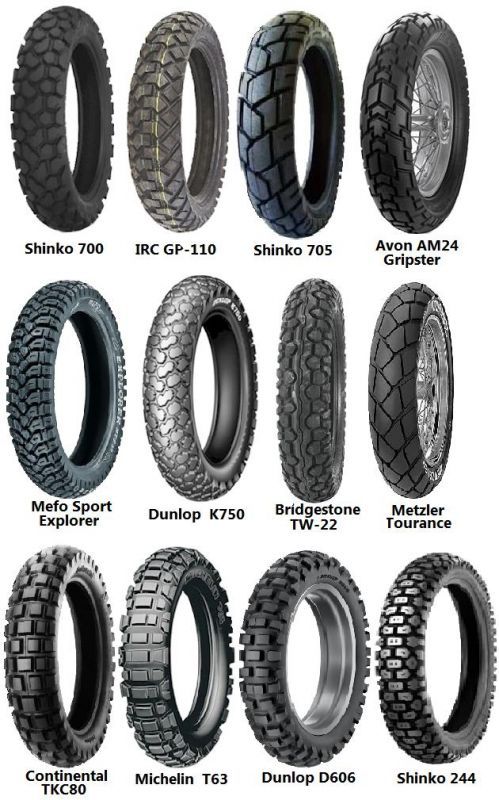 If you're choosing a series 70 because you want a faster tire, your vehicle's performace can suffer if the series 70 tire fits but is not compatible with the tire recommendations for your vehicle.
If you're choosing a series 70 because you want a faster tire, your vehicle's performace can suffer if the series 70 tire fits but is not compatible with the tire recommendations for your vehicle.
If you're buying tires for a classic or older car that used a different tire-numbering system, series 65 tires in most instances will be too wide, according to the Tire Rack's Tire Size Conversion Chart. Additionally, enthusiasts who wish to change their vehicle's tire aspect ratio to something either higher or lower than what is suggested by the manufacturer should take note that any change from the original size can affect the clearance between the tire, fender, fender wells and suspension components, resulting in performance issues and even slightly inaccurate odometer readings. Those using series 65 tires may wish to consider series 70 tires for winter use, as taller tires are generally recommended for better performance in the snow.
Because there is greater deflection with the increased sidewall on the taller series 70 tire, it makes for a smoother ride, according to Dunlop Tires. The series 70 tire thus has better potential handling for vehicles carrying heavy loads. On the other hand, the series 65 tire has better potential for providing the crucial edge you need when driving on roads with difficult and sudden turns.
The series 70 tire thus has better potential handling for vehicles carrying heavy loads. On the other hand, the series 65 tire has better potential for providing the crucial edge you need when driving on roads with difficult and sudden turns.
References
Writer Bio
Jim Arnold has been a business and public-relations writer since 1990, working in-house at companies such as Paramount Pictures and Dolby Laboratories. His writing has appeared in "Frontiers," "Daily Variety" and "Prime Health & Fitness." Arnold has a Bachelor of Arts in journalism from Marquette University.
Calculate
| ||||||||||||||||||||||||||||||||||||||||||||||||||||||||||

In the table above you can see a detailed comparison of the difference in dimensions, parameters and characteristics between the tire with size 195/60 R15 and tire size 195/65 R15. The results of the calculations are also presented in the form of visual models (infographics), on which the tire with a size of 195/60 R15 is on top, and with a size of 195/65 R15, respectively, at the bottom. The visualization was generated in two projections: lateral (left) and frontal (right). The online calculator compares tires according to the following characteristics: diameter, width, circumference, profile height, revolutions per km, ground clearance change. Additionally, the potential deviation between the actual speed and the speed displayed on the speedometer is calculated, which can occur if the difference between the tires is 195/60 R15 and 195/65 R15 is significant.
If you want to compare other tires, just select the required parameters in the drop-down fields and click on the green button.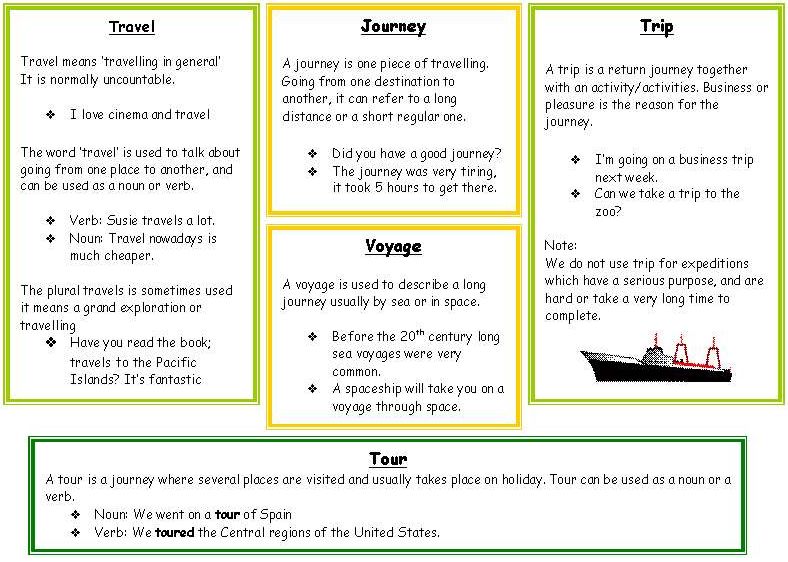
| Side Comparison | Frontal comparison |
|---|---|
No one is surprised by the low profile tires found on tuned cars these days. Fans of fast and extreme driving use it to improve the speed characteristics of their cars. In addition, these tires look good on large wheels, improving the appearance of the car. However, few people take into account the impact of high or low tread on braking performance, as well as suspension performance. nine0009
Tire profile is the ratio of sidewall height to tread width. For example, in the size specified by the manufacturer, 195/65 R15, the second digit is the required characteristic in percent. If it is less than 60, then the tire is low-profile, above 80 - high-profile. Everything in between is classic.
If it is less than 60, then the tire is low-profile, above 80 - high-profile. Everything in between is classic.
Low profile tires first appeared in the mid 70s. Standard tires could no longer provide the handling of powerful cars, as well as their desired grip on the road. The solution to the stability problem was a stiffer, low profile tire. nine0009
This type of tire improves handling at high speeds. This is facilitated by a wide tread, an increased contact patch with the road surface and minimal sidewall deflection in corners. With sudden braking, due to the width and special pattern, such rubber behaves better than the standard one. Many install it to improve the appearance of their car. Of the minuses can be identified:
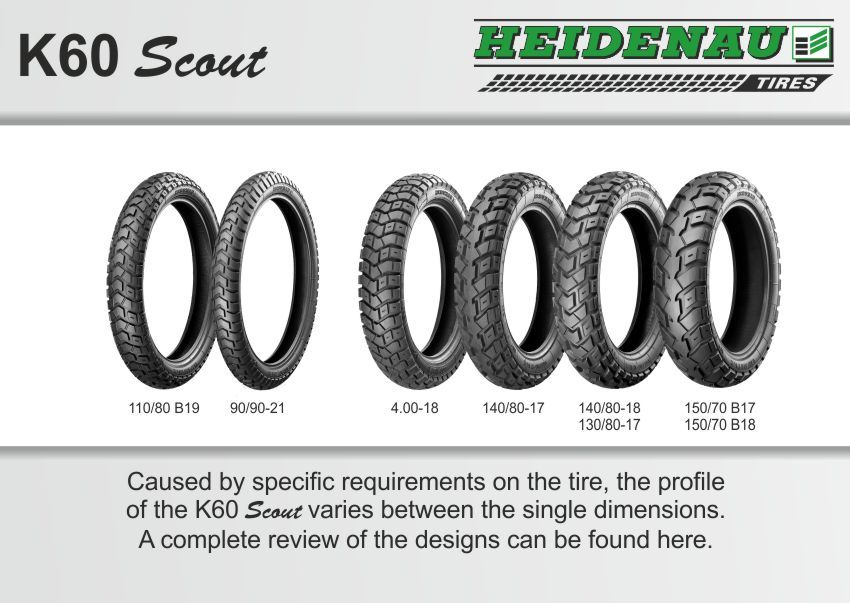
When installing tires with a wider width, make sure that when the steering wheel is fully turned, they do not touch the suspension and bodywork.
The main advantage of this type of rubber is the increased ground clearance, as well as increased off-road capability. Such tires are recommended for use in winter and in poor road conditions. The disadvantages include:
For an optimal choice, you should familiarize yourself with the basic parameters of tires. This possibility became available thanks to the results of tests that were carried out by tire manufacturers.
Table. Comparison of the performance characteristics of rubber of different heights.
| Parameter | Unit | 195/65 R15 | 205/55 R16 | 225/45 R17 | 225/40 R18 | |
| Stopping distance on asphalt | (80-5 km/h) wet | m | 27. 0 0 | 26.5 | 25.7 | 25.6 |
| (100-5 km/h) dry | m | 38.6 | 38.2 | 37.4 | 34.9 | nine0011|
| Speed limit on asphalt | on wet | km/h | 67.9 | 65.6 | 67.5 | 70.3 |
| dry | km/h | 71.0 | 67.6 | 69.2 | 73.3 | |
| Longitudinal hydroplaning initial speed | km/h | 78.0 | 71.9 | 67.2 | 71.2 | |
| Fuel consumption at 90 km/h, | l/100 km | 4.0 | 4.0 | 4.1 | 4.4 | |
The test results shown in the table are as expected. The braking distance on both dry and wet pavement decreases with a decrease in profile height. The speed of the rearrangement of the car does not show an unambiguous dependence. This phenomenon can be attributed to measurement errors. However, due to the increased rigidity, fuel consumption increases. nine0009
This phenomenon can be attributed to measurement errors. However, due to the increased rigidity, fuel consumption increases. nine0009
The use of tires and discs of non-standard size leads to increased wear of the suspension and steering components. Car manufacturers recommend using rubber with a profile height of more than 50. It is for this parameter that the standard suspension is designed. For example, discs with a large overhang reduce the life of wheel bearings by several times.
The use of high-profile tires, on the contrary, reduces the dynamic characteristics of the car, increasing the cross-country ability. The high height and soft cord neutralize the impact of off-road on the suspension elements. This has a positive effect on handling on snow or when driving on ice. The low profile makes sense for use in urban environments and on ideal autobahn surfaces. nine0009
Only by following the manufacturer's recommendations, you can feel confident on the road.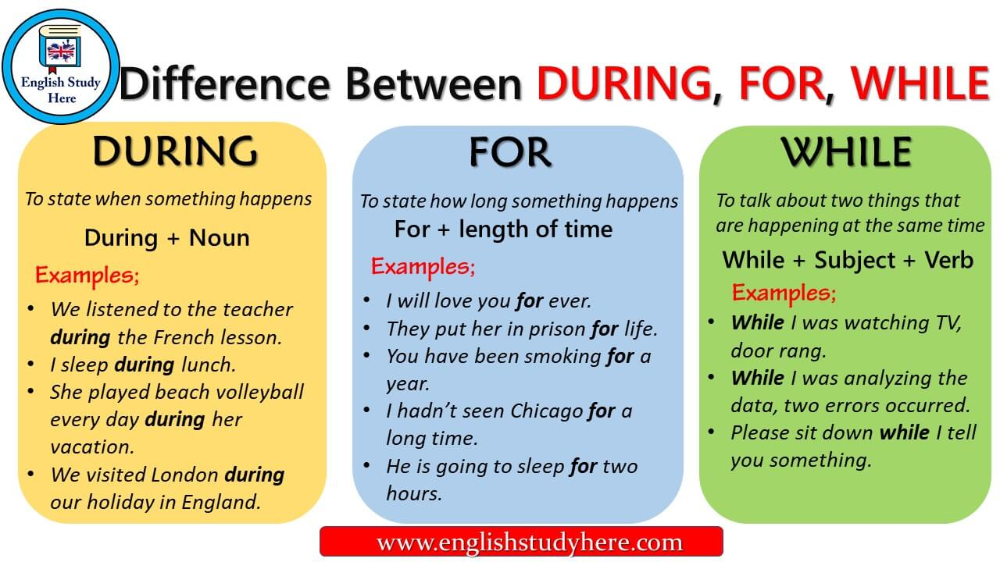 Taking into account all these points, the owner will increase the life of the suspension and the car itself.
Taking into account all these points, the owner will increase the life of the suspension and the car itself.
Many factors affect the comfort of driving in a car. One of the key ones are the wheels, which have many characteristics, depending on which the car will move smoothly and virtually imperceptibly for passengers, or they will feel every pebble and hole on the road. nine0009
Tire profile height - indicated on the label of each tire. In order to find exactly this indicator from a large number of numbers and letters on rubber, you need to know exactly how it looks. Often these are three numbers and one letter 205/60 / R15 - the second indicator is the height of the tire profile. And it is 60% of the width, that is, from 205 mm. Using simple mathematical subbrushes, we get the height of the tire profile from the example - 123 mm. The last digit indicates the type - the radial and bore diameter, which is determined in inches, 15 inches \u003d 381 mm.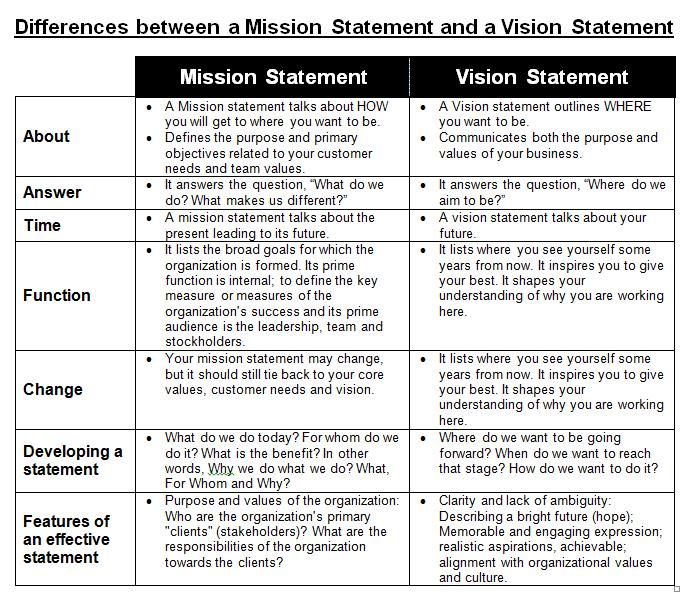 If there are no such marks on the tire, this means that it is high-profile and its indicator is standard, it is 80% of the width of the tire. nine0009
If there are no such marks on the tire, this means that it is high-profile and its indicator is standard, it is 80% of the width of the tire. nine0009
Tire profiles are high and low. Most often, low profiles are installed on sports cars and cars whose owners want to emphasize the status of their vehicles, as well as fully control every movement. High profile tyres, also known as standard tyres, are found on most vehicles. A profile with an indicator above 60% is considered high, if this figure is lower, then these are already low-profile tires.
First, let's understand the advantages and disadvantages of a standard (high) profile. Benefits:
 The car is higher from the ground, which means there is less chance of breaking the suspension on the numerous potholes of domestic roads. nine0207
The car is higher from the ground, which means there is less chance of breaking the suspension on the numerous potholes of domestic roads. nine0207
The downside of a high profile is some reduction in handling. Given all the positive aspects, such tires are best suited for our roads. Also, this tire profile is perfect for the winter period. nine0009
With respect to low profile tires, their positive characteristics include better handling and an attractive appearance of vehicles. This will be especially felt in corners and a significant increase in speed. However, two factors will suffer greatly: ride comfort and vehicle suspension. Regarding comfort - a car with a low profile will allow you to feel all the bumps, pits, stones on the road, and what can we say about moving through speed bumps. nine0009
nine0009
Since the level of the car above the ground decreases, there is a high probability of losing certain parts of it on the road and breaking the suspension on domestic roads. However, some motorists even agree to this for the sake of absolute control and a sense of confidence in driving their iron horse.
As is clear from the material presented, the height of the profile has a significant impact on two factors - comfort and handling. If you want to feel the road as much as possible and control the process of movement, regardless of the road surface and weather, the motorist should use a low profile. If the roads are very embossed, and there is no particular discomfort from a slightly reduced handling, then it is better to install high-profile tires. nine0009
Also an important factor, regardless of the desires and preferences of the motorist, is the predominant road surface on which it will be necessary to move. So, for asphalt, you can choose a lower profile, if the movement will be carried out on poor asphalt with many holes and humps or it will not exist at all, using a low profile is a direct road to a car service. In addition, the advantage should be given to a high profile in the winter, as it makes it possible to increase the specific pressure, which means it will be easier to slow down and pick up speed on its own. nine0009
a tire with a height indicator of 60% was initially installed, then it is not worth changing it by more than 2 sizes. This means that there are 65% and 70% options available. Exceeding will lead to friction of tires on the wheel arch of the car, and this is fraught with consequences. In addition, such a nuisance can occur when the car is overloaded by passengers or significant weight. nine0009
It is also necessary to correctly select the size of the discs for a particular profile. The main thing that every driver needs to remember is that the installation of tires other than the standard ones provided by the manufacturer can significantly affect the “behavior” of the car on the road, its handling and driving comfort. The new shoes of the car will take some getting used to, as well as any changes in the configuration. You should not abuse high speed modes until you have completely run in new profiles and have learned all their capabilities and disadvantages. nine0009
Trends in the world of car fashion: what was once considered the prerogative of a car tuning studio has become everyday - the tire profile is gradually becoming lower, and the diameter of the wheels is larger. However, one does not interfere with the other, it is enough to follow a simple rule: the outer diameter of the wheel must remain within the limits recommended by the manufacturer of your car. Permissible error - + 2. Then the external aesthetics will not affect the kinematics of the car's suspension and will not affect the speedometer readings. With the right tire-to-wheel ratio, tires will fit into the wheel arches without any problems and will not touch the suspension and steering parts of the car. nine0009
With the right tire-to-wheel ratio, tires will fit into the wheel arches without any problems and will not touch the suspension and steering parts of the car. nine0009
In addition, alternative wheel sizes are available.
In the UK, the formula "Plus inch" was derived. This is an increase in the diameter of the wheel in increments of one inch. Here are a few examples:
This is not the limit. The C-MAX can be fitted with even lower profile tires - 18(225/215/40) and 19(215/35, 245/30). True, then at speed an unexpected meeting with an impressive pothole, which is enough on our roads, can be the last for such a low-profile tire. nine0009
True, then at speed an unexpected meeting with an impressive pothole, which is enough on our roads, can be the last for such a low-profile tire. nine0009
Now let's see how the plus inch rule works on the BMW-3 series as an example. The standard tires that are installed on this machine are 185/65R15 and the option as an option is 205/60R15. An alternative is wheels with tire sizes 205/55R16 and 225/50R16 or 215/45R17 and 235/40R17.
To find out how much the outer diameter of the tire has deviated from the manufacturer's recommended one, you need to make a number of calculations:
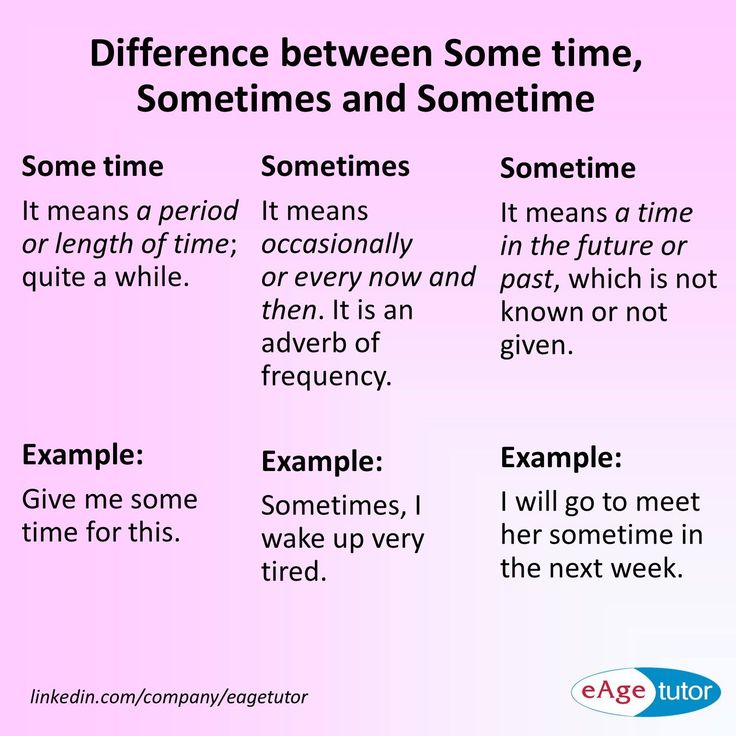 The result obtained is the desired outer diameter of the tire in inches.
The result obtained is the desired outer diameter of the tire in inches. If you need data in millimeters, multiply again by 25.4.
How a tire behaves on the road depends largely on its width. A wide tire "keeps" better on dry pavement and is less prone to wear. Narrower "rubber" is often recommended for the winter season. It better removes water and snow from the contact patch with the road, and is more stable on loose snow. A tire of the same width can be installed on rims of different sizes, which will affect its properties during operation. nine0009
Car manufacturers often indicate in their manuals several rim sizes that are optimal for a particular car brand.
The best balance of features and performance is achieved if the rim width does not deviate more than + 1″ from the recommended dimensions. The larger the rim width value, the lower the profile of the tire. In practice, motorists often act based on their own ideas about driving comfort, aesthetics and car handling.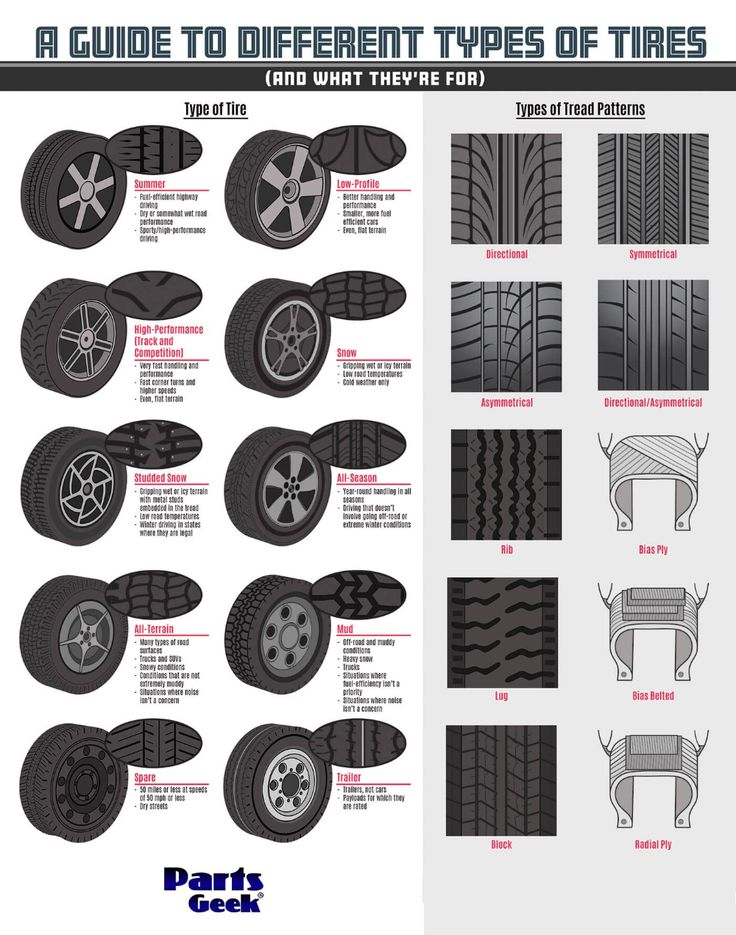 Guided by the wheel diameter data from the car manufacturer, they independently select the rim diameter for it. In this case, the tire size is selected based on the height of the tire profile. nine0009
Guided by the wheel diameter data from the car manufacturer, they independently select the rim diameter for it. In this case, the tire size is selected based on the height of the tire profile. nine0009
So, abbreviated from the English "Pitch Circle Diameter", denotes the diameter of the circle passing through the center of the wheel mounting hole. This term is also used by Russian manufacturers. As a rule, there are two numbers in the designation - the number of holes and their diameter. If the dimensions of the PCD are “4x100”, this means that there are 4 mounting holes on a circle of 100 millimeters. This designation may look like "100/4".
To date, there is no single PCD standard that would make life easier for motorists when choosing wheels. Even despite the fact that often cars of different brands are produced on the same platform. The PCD wheel size can be determined by yourself. It is easier to make a calculation for a wheel that is fastened with four bolts by measuring the distance between the inner edges of the mounting holes lying in a straight line, upper or lower, and add the diameter of one hole to this distance.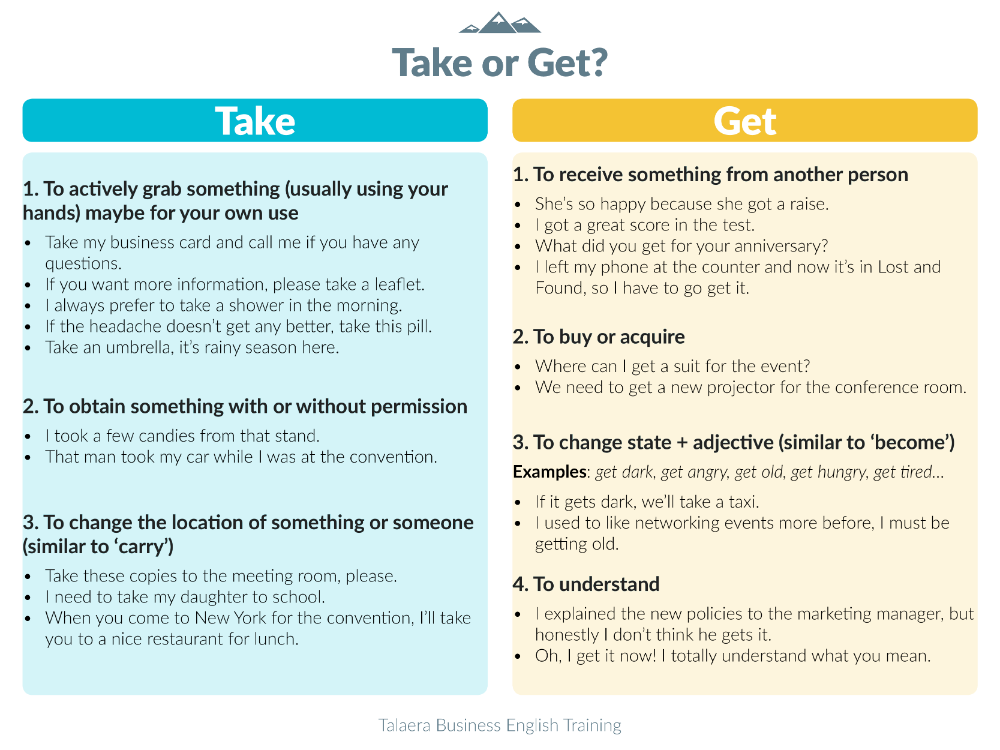 nine0009
nine0009
The same can be done if the wheel has 6 mounting holes. Or measure the distance from the center to the center of holes adjacent to each other, then multiply the result by two. If you use this technique, then if there are 5 mounting holes, the multiplier is 1.7012, if there are three holes, you need to multiply by 1.154. Having a caliper available, you can find out the PCD value in another way. Having measured the diameter of the central hole and the distance from it to the far and near points of the mounting hole, we add up the readings of these three measurements. The resulting result is the PCD value for a particular wheel. nine0009
When measuring, try to make them as accurate as possible, otherwise problems cannot be avoided. A difference of 1-2 millimeters, from the required dimensions, will affect the driving performance of the car and its operation. Example: a wheel from Fiat cars with a PCD value of 4x98 is visually indistinguishable from Opel wheels with a size of 4x100.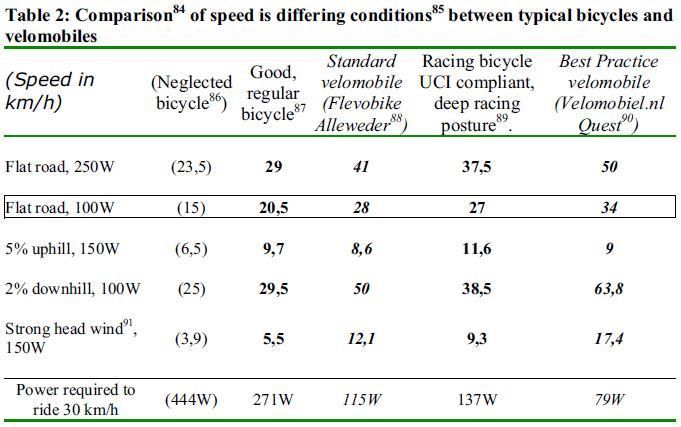 If you install Fiat instead of Opel or vice versa, then there will be a strong beating even from a perfectly balanced wheel. And even worse: installing a wheel with a close, but not suitable PCD size on a car can lead to stripping of the threads on the flanges and bolts. nine0009
If you install Fiat instead of Opel or vice versa, then there will be a strong beating even from a perfectly balanced wheel. And even worse: installing a wheel with a close, but not suitable PCD size on a car can lead to stripping of the threads on the flanges and bolts. nine0009
For this parameter, the designation ET (from the German Einpress Tieffe - pressed into the plane) is most often used. Another not common designation for this parameter is the English word "offset".
If we imagine that a conditional plane passes in the middle of the wheel rim, then the distance from it to the plane of the wheel attachment is “ET” - offset. If the planes coincide, then the value of "ET" is equal to zero, the so-called zero overhang. With a positive value of "ET", the plane of symmetry of the rim protrudes beyond the plane of attachment. Conversely, a negative value of "ET" means that the plane of the wheel attachment protrudes beyond the plane of symmetry of the rim. nine0009
nine0009
Most modern passenger cars have positive offset, while all-wheel drive vehicles have zero or negative ET. Changing this value affects the kinematics of the suspension, the service life of the bearings and the handling of the car.
ET value may vary by -5 mm. Over 5mm will affect the kinematics of the suspension, the load on the bearings will increase, and the stability and controllability of the machine will deteriorate. The lower the “ET” value, the more the wheel protrudes from the arch opening. And the combination of low offset and increased rim width will cause the wheel to bulge out of the arch. This is unacceptable due to a number of technical requirements and, first of all, security parameters. nine0009
Contrary to the misconception that wheel nuts hold and center the wheel on the hub, they only press the rim against the flange. The function of centering the disk on the hub is performed by the central wheel hole. Cars of different brands have different sizes of the center hole of the wheel.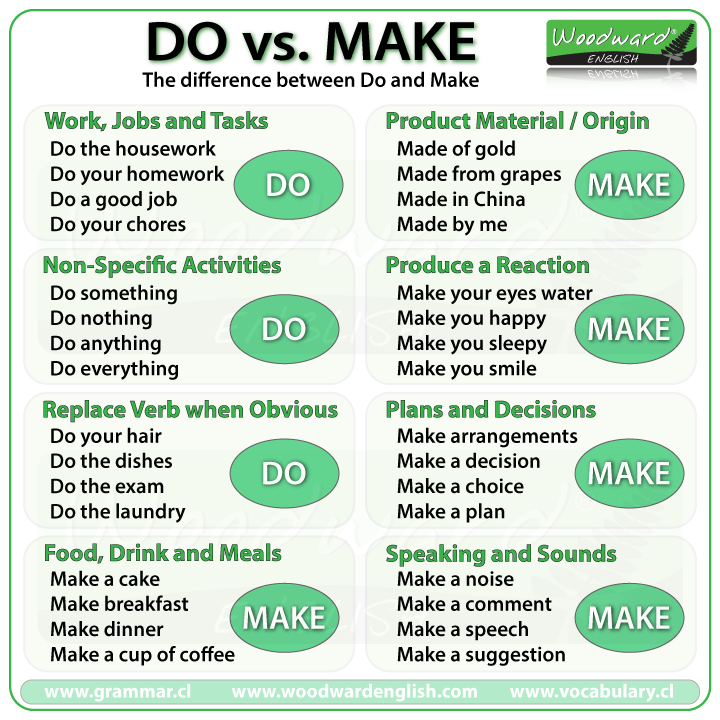 This must be taken into account when installing wheels. Otherwise, the inner diameter of the wheel center hole will have to be bored if it turns out to be smaller than the corresponding hub diameter and / or the diameter of the axle shaft ring. Such work can only be entrusted to a good specialist. In the reverse situation, if the diameter of the central hole of the wheel is larger, adapters will be needed to install the wheel - special metal rings, the outer diameter of which matches the inner diameter of the central hole of the wheel, and the inner one corresponds to the diameter of the hub. Given this problem, most car wheel manufacturers also make adapter adapters. nine0009
This must be taken into account when installing wheels. Otherwise, the inner diameter of the wheel center hole will have to be bored if it turns out to be smaller than the corresponding hub diameter and / or the diameter of the axle shaft ring. Such work can only be entrusted to a good specialist. In the reverse situation, if the diameter of the central hole of the wheel is larger, adapters will be needed to install the wheel - special metal rings, the outer diameter of which matches the inner diameter of the central hole of the wheel, and the inner one corresponds to the diameter of the hub. Given this problem, most car wheel manufacturers also make adapter adapters. nine0009
Problems with fitting a wheel to a vehicle can occur even if the above parameters match: rim width, PCD, offset and center hole diameter. The most common cause is disc brake interference due to a protruding caliper. In rare cases, levers or a tie rod end become an obstacle. Therefore, if the wheel manufacturer did not recommend it for installation on your car, you need to make a trial “fitting” of the wheel disk.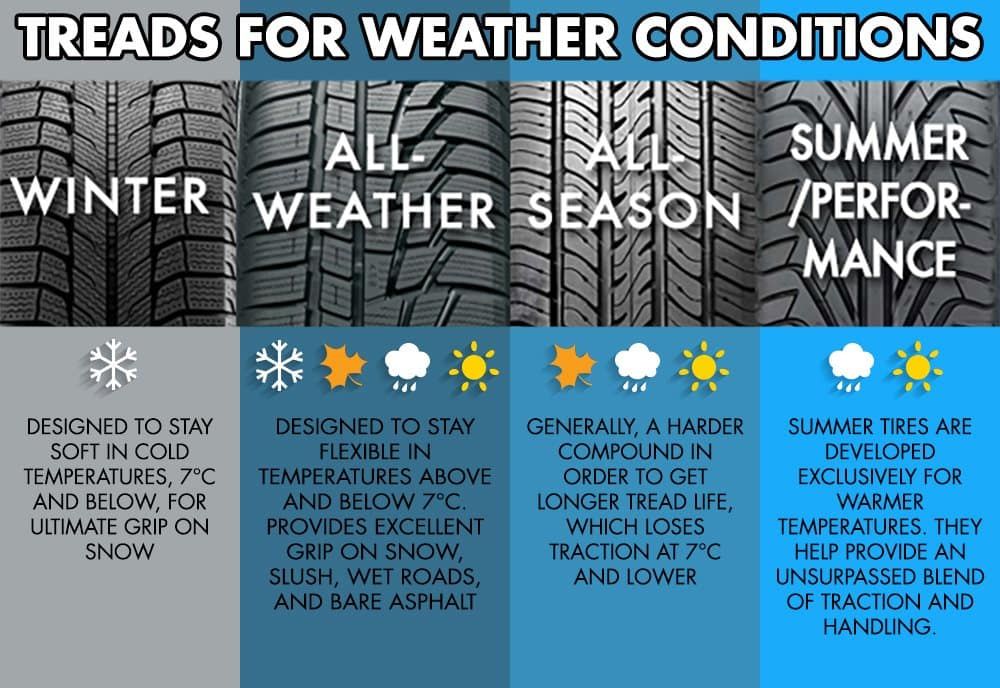 It may be necessary to repeat the “fitting” after mounting the tire on the disk. For example, if the tuning was thorough, and the wheel sizes are quite different from the recommended ones. If the wheels hit the car arches, body tuning will also be required. nine0009
It may be necessary to repeat the “fitting” after mounting the tire on the disk. For example, if the tuning was thorough, and the wheel sizes are quite different from the recommended ones. If the wheels hit the car arches, body tuning will also be required. nine0009
Wheel manufacturers offer two types of wheel flanges for tubeless and tube tires. At first glance, everything is simple, but you should carefully look at the numbers and letters in the disc markings. Basically, these designations are typical for tubeless tires mounted on car trailers. Still, it will not be superfluous to know how to decipher their markings.
The letter "H" ("Hump") - indicates one annular flange of the disk, which prevents the tire bead from moving into the rim. If the marking looks like “H2”, then the humps are located on both sides. Marking "FH" (flat hump - "flat") - a hump of greater width. Marking "CH" (combination hump) denotes a combination of ring flanging humps. The most common combination: outside - a flat hump, inside - a regular one.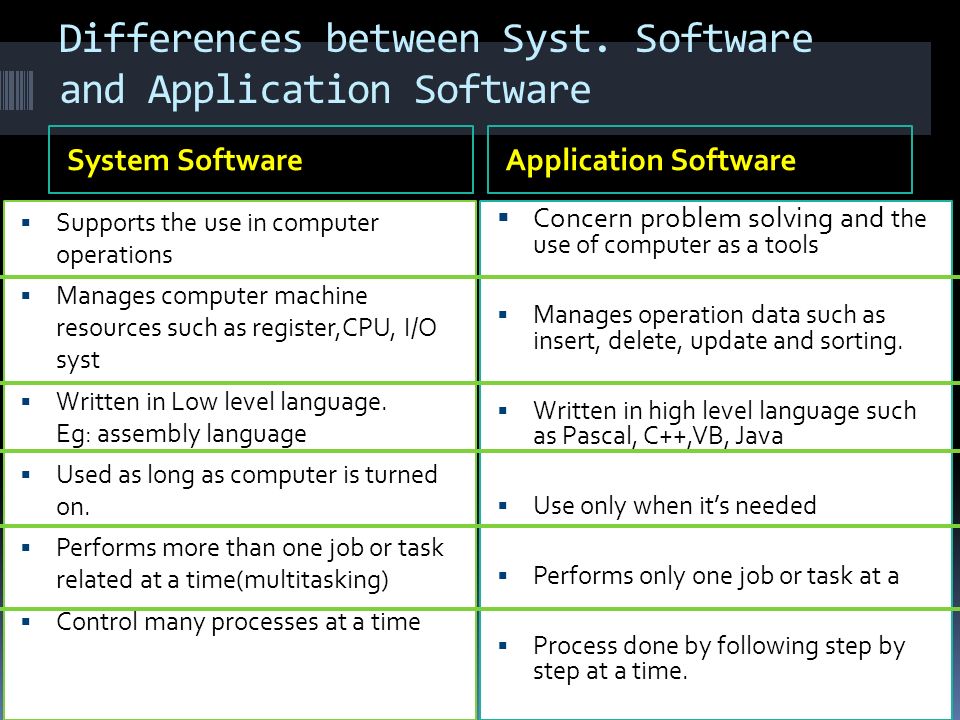 nine0009
nine0009
"SL" (special ledge) - the designation of a flat shelf on the outside of the wheel, the width of which is 6 inches or more.
Now almost everyone is sick of this Americanism: the bigger the disk, the more beautiful the car. Automakers also follow the wishes of buyers and willingly fit 16-inch wheels into small sedans, although the arches are not designed for large “bast shoes”. There is only one thing left - to reduce the tire profile. When the sports coupe is "shod" in 18s or 19sth wheels are beautiful, no one argues. An SUV on the 21st is already an amateur.
But one must understand that attempts to make a car look like an exhibition or sports car stumble over Russian potholes. Our asphalt is not ideal, to put it mildly. And tires as thick as three layers of electrical tape transfer all these bumps to the suspension without adding comfort to the driver and his passengers. This time. Two: the increased tire size also means an increased price for both rims and rubber. In case of damage, and the risk of it with a low tire profile increases, any repair or purchase of a new one will always be more expensive. Is it worth consciously dooming yourself to this, or does beauty require sacrifice? nine0009
In case of damage, and the risk of it with a low tire profile increases, any repair or purchase of a new one will always be more expensive. Is it worth consciously dooming yourself to this, or does beauty require sacrifice? nine0009
SELECTING THE SIZE
In my case, everything is different. Firstly, my Volkswagen New Beetle has a retro design, so a low profile is contraindicated. There is only one option - the RSI version with a 3.2 liter engine, but mine is quite a "vegetable", two-liter, there is nothing to show off. On the other hand, the car is made on the Golf IV platform, that is, it has a perfectly tuned suspension and precise handling. A comfortable tire won't make this car uninteresting to drive. In a word, it's decided. I find 15-inch rims, and I select the largest possible tires for them. nine0009
Of course, you can attach wheels from Porsche, and even with chrome, but there is enough “collective farm” here. Unless you look for matching wheels from Audi. Photo: Andrey GRECHANNIK
Photo: Andrey GRECHANNIK
The standard wheel size for the Beetle of my model year is 195/65R15 or 205/55R16. For tuning, the size 205 / 60R15 is acceptable. And I would like this width, but thicker. Will 205/65R15 fit? And are there any? I didn’t want to get the car rubbing the wheels on the fender liner, so I decided to count a little. With the help of a tire calculator, of course, there are a lot of them on the Internet. Profile 65 instead of 60 with such a width gives an increase in ground clearance of as much as 10.25 mm, this is buzzing. But the height of the profile will change exactly as much. Even with respect to 225 / 45R17 I get almost 7 mm plus, a bit too much. Then I write a request to the strawberries, did anyone have more experience installing wheels. There is a contact, one even managed to drive 225 / 50R17 there, which is almost 5 mm more. So, it's decided, I'll look for 205/65R15. nine0009
Tire markings are the main starting point for choosing tires.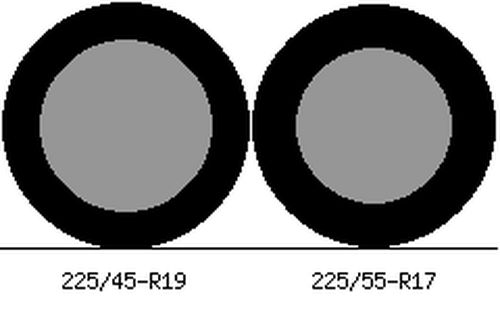 Photo: Andrey GRECHANNIK
Photo: Andrey GRECHANNIK
And yet, I start not with the standard size, but with the brand. As you remember, I wanted softer rubber, but now more and more “plastic” comes across. I have had occasion to drive the winter Hakkapeliitte more than once, starting from the fifth, and now the ninth is in use. It was possible to break through the tender sidewall of the seventh, but it was on the Aksai bridge near Rostov even before it was repaired, and there, probably, a tank truck could break. I am also familiar with the Finnish friction tire R2 - I also like it. They are definitely soft. But this is winter, but what about “summer”? I'm still describing the spring story. nine0009
Summer suits too! Photo: Andrey GRECHANNIK
I went directly to their website, there is a special section on tire selection. I chose "summer", drove the size 205 / 65R15. According to my request, the result is: Nokian Hakka Green 2 and Hakka C2. The second one is for trucks and buses, neighing, the Beetle is not a bus, and certainly not a truck. And the first one is the very thing (plus the marking - 99 H XL, that is, up to 210 km / h and 775 kg). I don’t even have 75 kg, and I don’t plan to squeeze 210 either. The tire is declared as comfortable, with good grip on wet roads and increased wear resistance. It was a little embarrassing that Green is advertised as sharpened for reducing fuel consumption, worried if it would be tough? nine0009
And the first one is the very thing (plus the marking - 99 H XL, that is, up to 210 km / h and 775 kg). I don’t even have 75 kg, and I don’t plan to squeeze 210 either. The tire is declared as comfortable, with good grip on wet roads and increased wear resistance. It was a little embarrassing that Green is advertised as sharpened for reducing fuel consumption, worried if it would be tough? nine0009
THE SEASON IS BEHIND
I didn't, I got exactly what I wanted from driving. Having put new wheels, he immediately made a similarity collapse. And instead of “dancing” on the almost completely lost spikes of old winter tires and, apparently, already bent stampings (I’m not like that, I got it from the previous owner), I got a quietly and smoothly driving straight car with excellent handling.
From this angle, even these wheels look big. Photo: Andrey GREECHANNIK
Strictly speaking, the report could be written in a week, and everything was clear. But I still skated the season almost to the end in order to look at the resource. I did not catch a single aquaplaning during this rainy summer, although the tires are wide. I even managed to knead clay, driving into a summer cottage along an unfinished road - it’s also a pleasure, but there’s nothing to say, I don’t have an SUV. I didn’t catch punctures, hernias (pah-pah-pah), although I had several trips to the Tver region, and the roads there, I tell you, are not ice at all. nine0009
But I still skated the season almost to the end in order to look at the resource. I did not catch a single aquaplaning during this rainy summer, although the tires are wide. I even managed to knead clay, driving into a summer cottage along an unfinished road - it’s also a pleasure, but there’s nothing to say, I don’t have an SUV. I didn’t catch punctures, hernias (pah-pah-pah), although I had several trips to the Tver region, and the roads there, I tell you, are not ice at all. nine0009
A centimeter plus ground clearance due to tires is real. Photo: Andrey GRECHANNIK
After almost six months, I did not see any cracks, cuts, or uneven wear. The car still holds a straight line well, it does not sausage in a rut. In a word, I skated one season, the flight is normal. I think to leave the summer ones on these disks, and put the "winter" with "native" 16-inch stampings. Only, it seems, last year's tires are no longer to hell. Is it possible to pull out the spikes completely and ask the tire fitters to see if those wheels are balanced or have already gone eight.